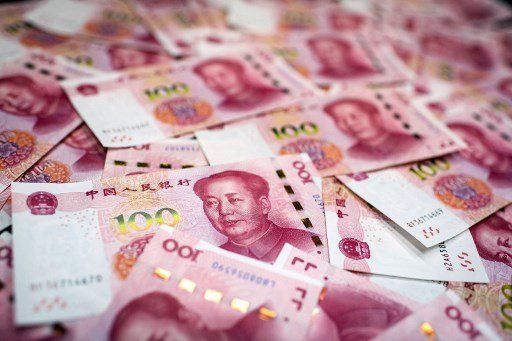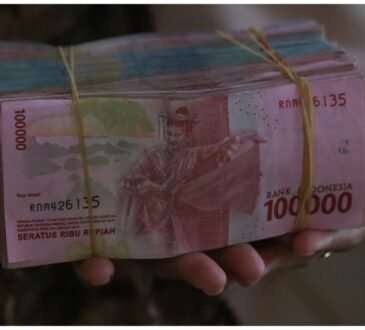(MENAFN) On Tuesday, the central parity rate of the Chinese currency, known as the renminbi or yuan, weakened by 15 pips, settling at 7.1328 against the U.S. dollar, according to data from the China Foreign Exchange Trade System. This slight depreciation indicates ongoing fluctuations in the currency market, reflecting various economic factors and investor sentiment that can impact the yuan’s value against the dollar.
In China’s spot foreign exchange market, the yuan is allowed to fluctuate within a range of 2 percent from the central parity rate each trading day. This regulatory framework provides a balance between flexibility and stability, allowing the currency to respond to market dynamics while maintaining an orderly trading environment.
The determination of the central parity rate is based on a weighted average of prices submitted by market makers prior to the opening of the interbank market each business day. This method ensures that the rate is responsive to current market conditions, allowing it to reflect supply and demand effectively. By utilizing this approach, the People’s Bank of China aims to create a transparent and efficient foreign exchange system, which is essential for both domestic and international economic interactions. Overall, these mechanisms play a critical role in maintaining the stability of the yuan while facilitating its role in global trade.
MENAFN16072024000045015839ID1108443488
Legal Disclaimer:
MENAFN provides the information “as is” without warranty of any kind. We do not accept any responsibility or liability for the accuracy, content, images, videos, licenses, completeness, legality, or reliability of the information contained in this article. If you have any complaints or copyright issues related to this article, kindly contact the provider above.





